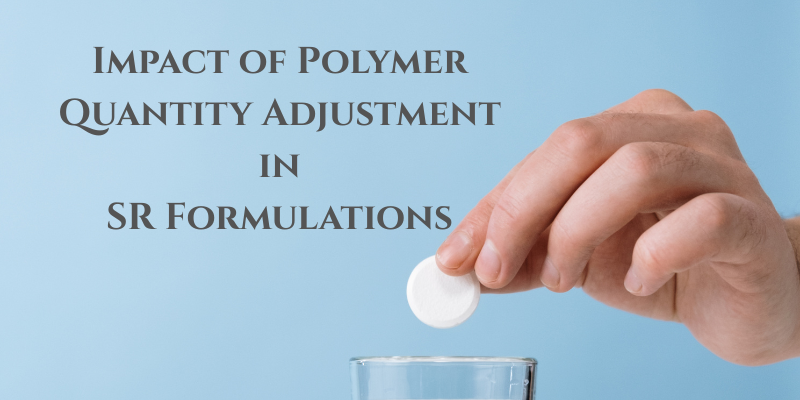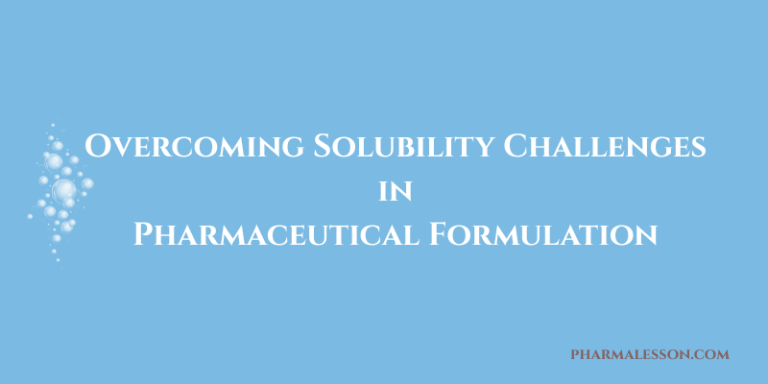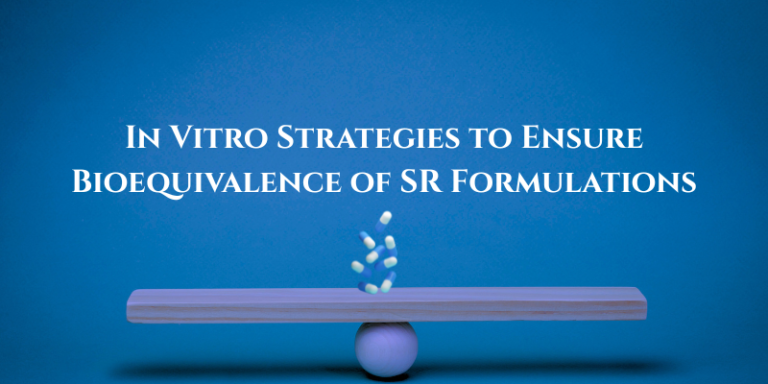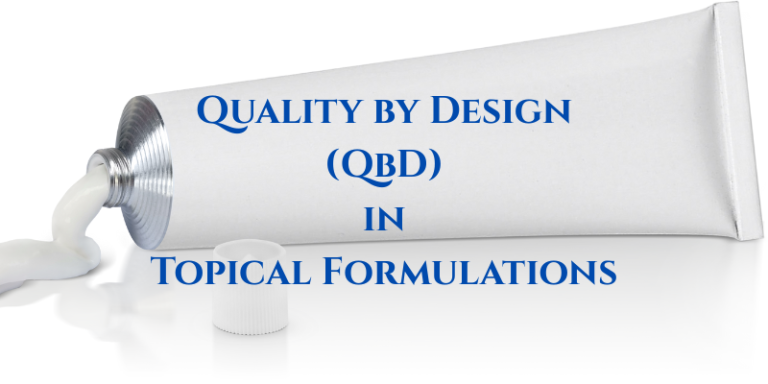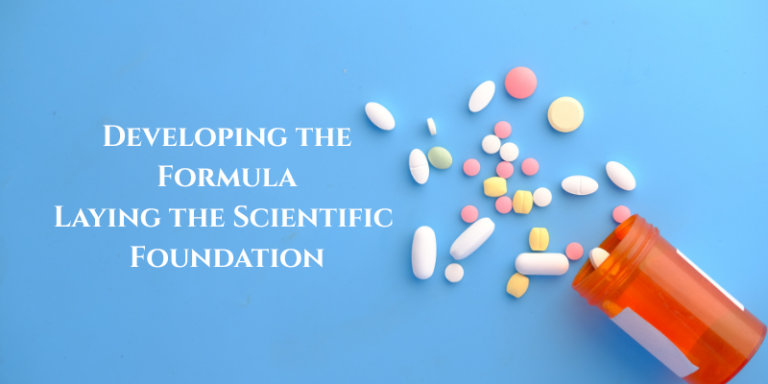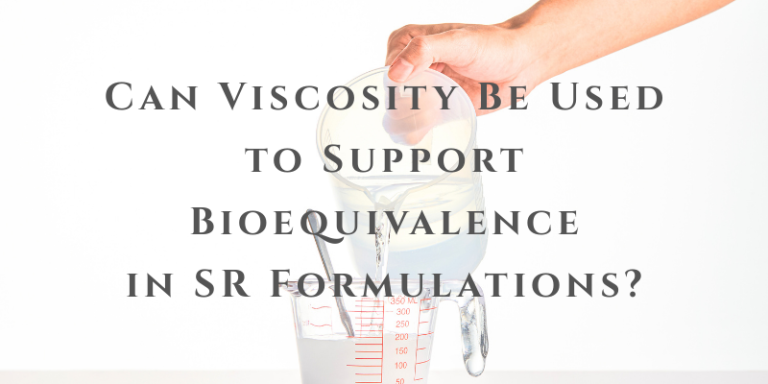Impact of Polymer Quantity Adjustment in Sustained-Release Formulations
Adjusting polymer content in a sustained-release dosage form requires a systematic approach to maintain the desired drug release profile while ensuring manufacturability and regulatory compliance.
Role of the Polymer in Drug Release Control
Polymers in sustained-release formulations act as matrix formers, coating agents, or swelling/erosion regulators. For example, HPMC, Ethylcellulose (EC), and Polyethylene Oxide (PEO) form hydrophilic or insoluble matrices, while Eudragit RS/RL and EC dispersions control drug diffusion in coated systems. Some polymers, like HPMC and Xanthan Gum, modulate release through swelling and erosion.
Determining the Required Polymer Change
Increasing polymer content generally slows drug release by forming a denser matrix or a thicker coating, while decreasing polymer content accelerates drug release by reducing diffusion resistance.
If a formulation is releasing too quickly, increasing HPMC K100M from 150 mg to 180 mg may extend drug release.
Conversely, if the release is too slow, reducing HPMC from 150 mg to 120 mg may enhance dissolution.
A higher polymer level may require adjusting pore-forming excipients like MCC to maintain tablet porosity.
If a slower polymer grade (e.g., HPMC K200M) is used instead of increasing the polymer quantity, the same release profile can be achieved with lower polymer levels.
In coated formulations, increasing Ethylcellulose dispersion thickness slows down release, while reducing the coat weight accelerates it.
Conducting Preliminary Trials
To evaluate these changes, DoE should be employed, focusing on dissolution testing, tablet swelling, erosion, hardness, friability, and stability studies.
For instance, a Metformin SR formulation is tested at three different HPMC levels. When increased from 150 mg to 180 mg, dissolution slows down significantly, requiring adjustments in pore-forming excipients. When HPMC is reduced to 120 mg, drug release speeds up, possibly exceeding regulatory limits, necessitating additional retardants like xanthan gum or ethylcellulose.
Establishing Safe Polymer Change Limits
A 5-10% change in polymer content may not require full-scale revalidation, but a 10-20% change might necessitate reformulation and stability testing.
For regulatory acceptance, dissolution profiles should be compared using the f₂ similarity factor, ensuring values between 50-100.
Regulatory & Dissolution Testing
Dissolution testing should be conducted using USP Type II apparatus (900 mL, 0.1N HCl, 50 rpm). For changes exceeding 10-20% in polymer content, stability studies and variation filings may be necessary (as per USFDA SUPAC guidelines).
Conclusion
Changing polymer content significantly impacts drug release and stability. To maintain consistent performance, modifications should be supported by dissolution comparisons, DoE-based trials, and regulatory assessments.
Read also:
- Novel Polymers in Drug Delivery
- Extended Release Rates Technology for Injection Dosage Form
- Dissolution Specification Setting Procedure for Modified Release Dosage Form
Resource Person: Moinuddin syed. Ph.D, PMP®

